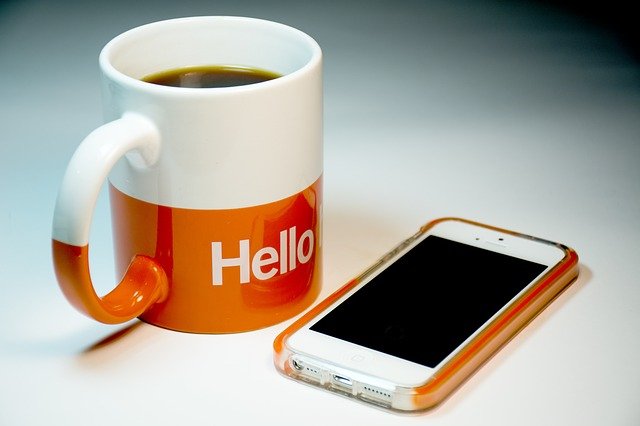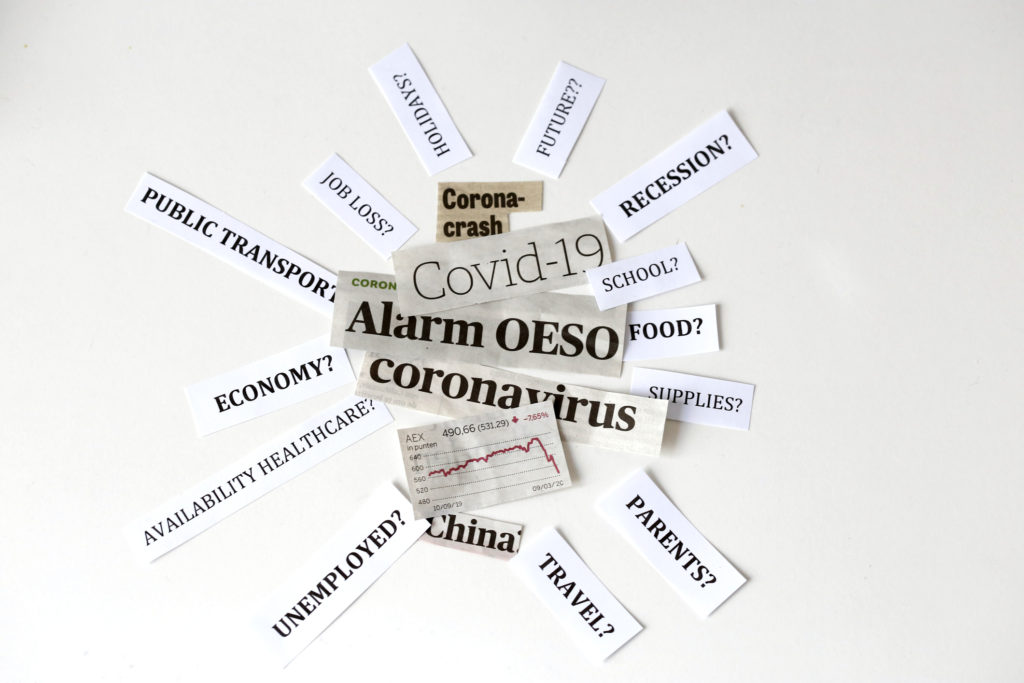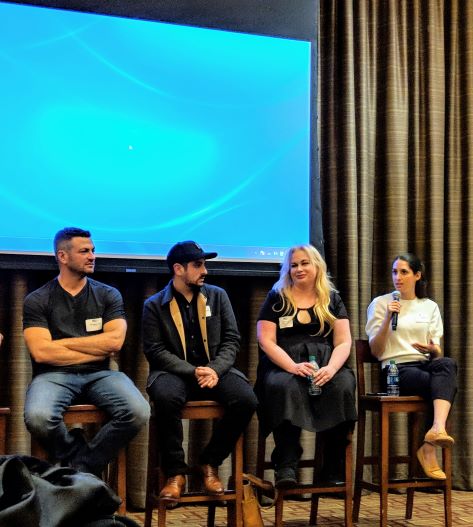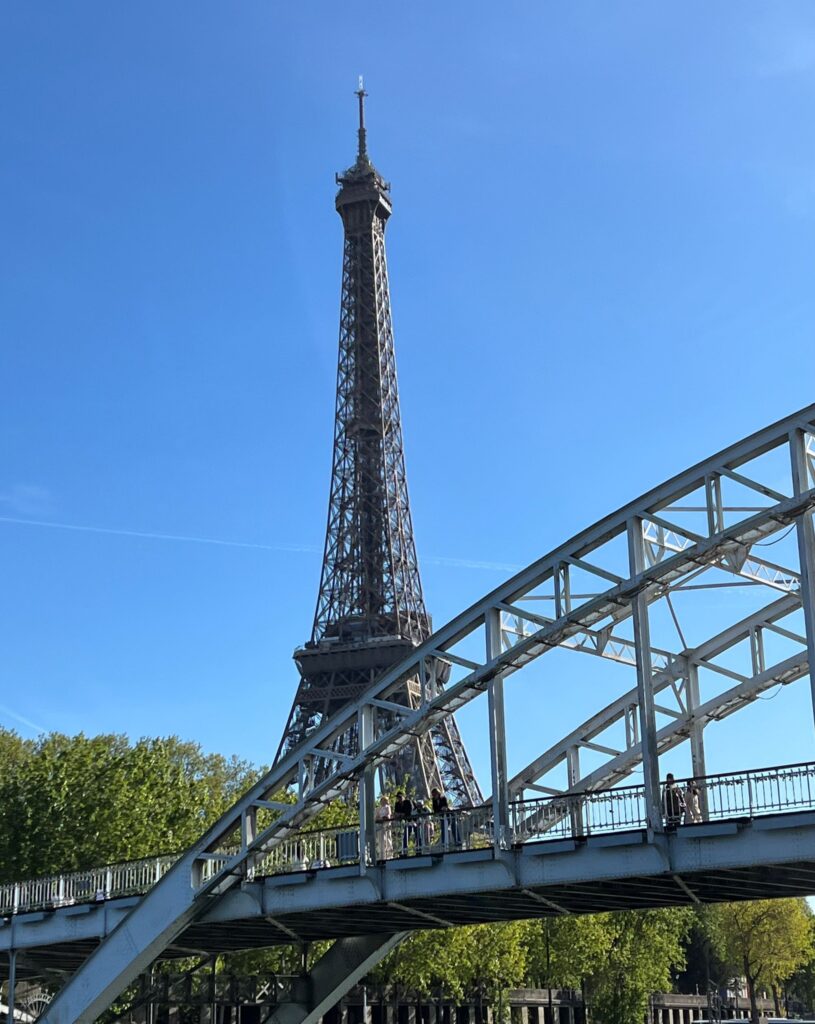
Travel is back after three years of pandemic restrictions. Visiting Europe is a first choice for many people vacationing this summer. This New York Times article explains the reasons for its popularity and this one discusses why travelers are flocking to Paris in particular.
My husband and I were fortunate to have the opportunity to visit Paris this past spring. It was my first time in France. The museums, delicious food and wine, charming neighborhoods, and centuries-old historic sites, were all unforgettable.
This got me thinking — the steps followed so that our trip met our expectations and went smoothly, are similar to those when we thoughtfully develop and implement a media relations plan for a client.
Here are seven ways our memorable vacation and our results-oriented media relations plans are similar.
RESEARCH – About four months before our trip, I read travel books, spent time researching online, and spoke with Gary Lee Kraut, a tour guide and editor of France Revisited. I also consulted with my brother who is a longtime travel professional and other family members and friends for their recommendations.
The first steps in creating a media relations plan generally include investing time to: learn about our client’s business, ascertain their ideal customers, understand their marketing strategy, find out about business challenges, inquire about new products or upcoming announcements, events, etc., and familiarize ourselves with their unique story.
PLANNING – Our itinerary included historic sites, museums, dinners at brasseries and bistros, a scenic boat cruise (during which I snapped the photo above of the Eiffel Tower), a guided walking tour led by Gary Kraut of the Marais neighborhood and nearby points of interest, and time for shopping.
We found out that May 1 is Labor Day and a public holiday in France when many things are closed. Therefore, on that day we planned to visit Montmartre where famous artists lived, worked and socialized.
Planning for an effective media relations project requires developing one that will achieve a client’s goals. Creating a target media list, writing press materials and crafting story ideas that align with the brand’s news, products, services, messages, and audience, are a few key components.
BOOKING – We pre-booked most activities; some are featured on the Paris Museum Pass and others are not. We didn’t want to miss out on seeing certain iconic sites or spend time in long lines.
Similarly, we reach out to reporters, bloggers, and influencers to pitch story ideas that will resonate, arrange interviews, fulfill necessary requests, schedule on-site visits, and complete other pertinent tasks, in advance.
ENJOYMENT – We intentionally didn’t overbook. For example, we spent the entire day visiting the stunning Palace of Versailles and its beautiful gardens to enjoy them at a leisurely pace. On another full day we rode the Paris Metro to Montmartre where we donned berets to explore this charming area.

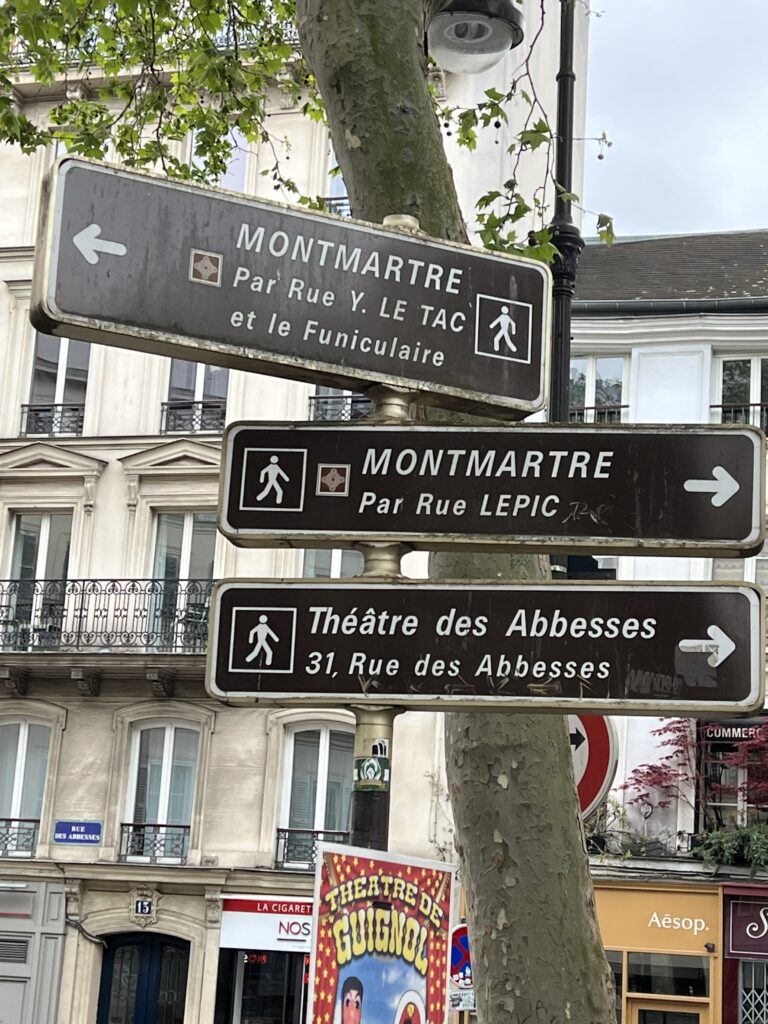
A media interview should be an enjoyable experience and opportunity for the interviewee to share their knowledge about a subject and connect with their audience. Prior to any media interview we prepare our clients (or their spokespeople) on best practices and how to field potential questions to ensure it will be worthwhile.
FLEXIBILITY – We made some changes to the itinerary while there. For example, we wanted to be near the Paris Opera House (Palace Garnier) for our 2pm tour, so we shopped in the area instead of visiting the Monet Marmottan Museum that morning as we had planned. We went to this museum on another day.
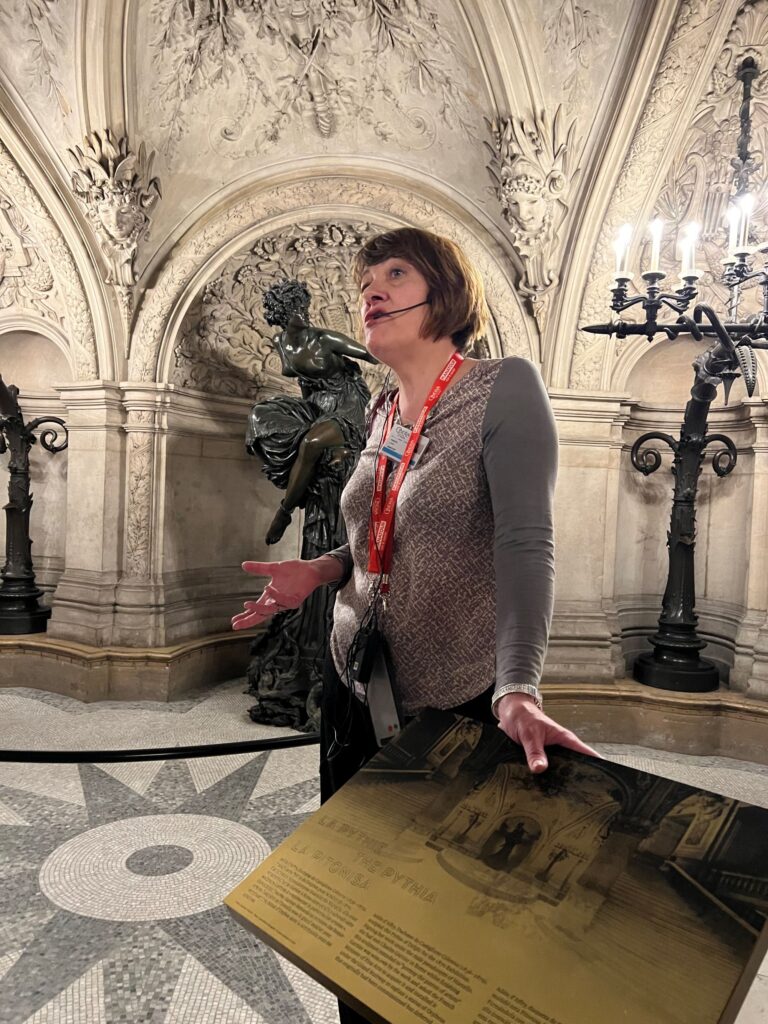
We intentionally left two evenings open and by doing so, joined Gary Kraut for a fun small group champagne and wine tasting tour that he organized.
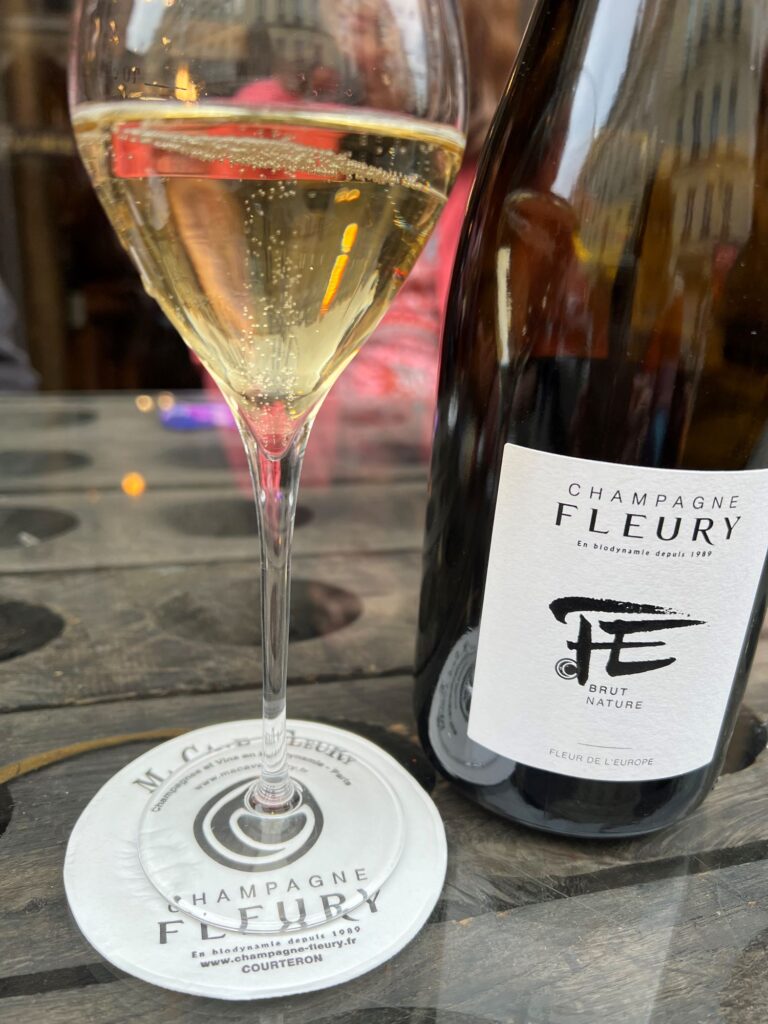
We met the owner Morgane Fleury, who shared the story behind her family-run business which produces the bio-dynamic Champagne Fleury
Being flexible is important during a media relations initiative. Perhaps the latest news cycle or the need to fulfill last minute media requests, must take precedence over tasks that were originally planned.
DOCUMENTATION – We’ll create a photo album to document our trip including these favorites.


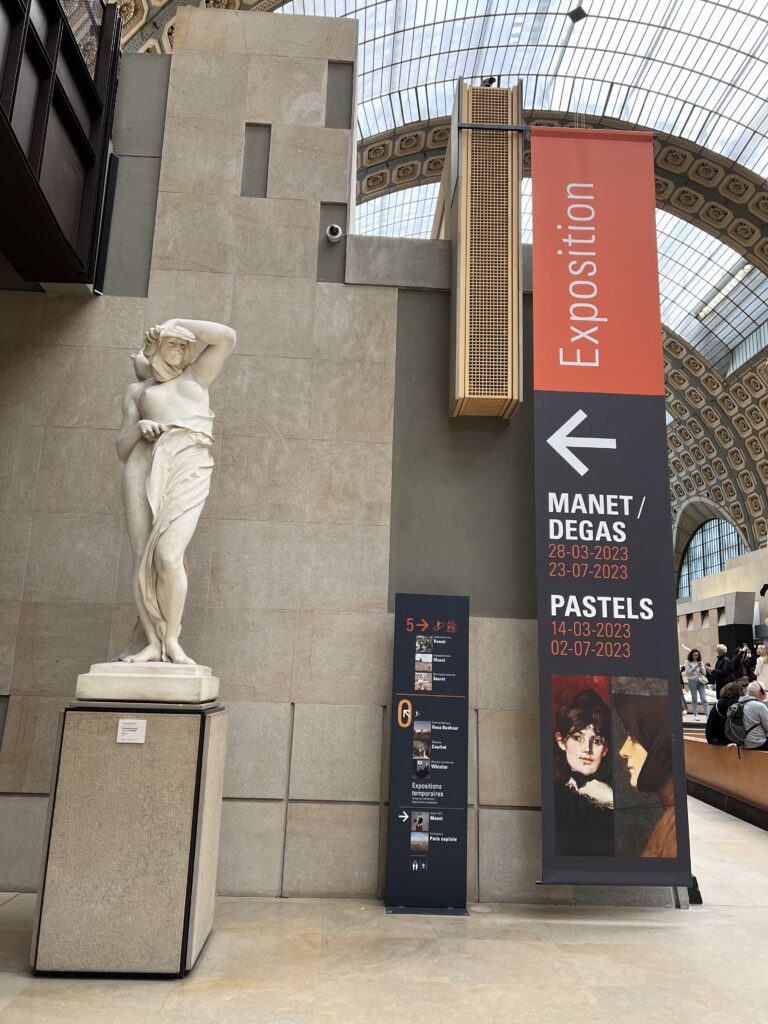
Upon a project’s completion, we document our results by sending clients a comprehensive report of the print, digital or broadcast coverage generated. It may contain copies of published stories, interviews, product features, reviews, blog posts, videos and images, along with other relevant information.
SHARING RESULTS – We’ve shared details and photos with friends and family fondly reliving our trip.
We encourage clients to share the media coverage that was garnered from influential third parties to benefit from the positive validation. Posting it on the company’s website, on social media channels, in newsletters, and sharing it with staff, clients or customers is recommended. This helps builds community, drives traffic and SEO, showcases the coverage, establishes credibility, and strengthens brand reputation.
